The First Steps of Implementing Software Asset Management (SAM)
Mart Dufifie
IT Asset Management (ITAM) is a business practice for managing, controlling and optimizing the selection, purchase, deployment, maintenance, utilization and decommissioning of computer hardware, software and cloud services within an organization. One subdiscipline of ITAM is Software Asset Management (SAM). SAM tends to be one of the more complicated subdisciplines. Contracts, purchase data, entitlement data, software usage data and all other data that is generally needed to be in control and improve SAM tends to be “lost” within organizations.
According to the SAM Maturity model of Gartner, there are 5 levels:
- Chaotic: Organizations in this level are dealing with software audits ad-hoc. Most of the time they get lost in undocumented assets, no control and no insight in SAM.
- Reactive: Organizations in this level have no or little control over there IT estate and coherent software assets. There is almost no insight into where the software is used and by whom. When an auditing company comes knocking on the door, there is still a lot of insecurity and nervousness about the outcome of the audit.
- Proactive: When an organization reaches this maturity level, they are tracking assets, have insight into the software and its deployment and have a pretty good overview of the IT estate. They are able to execute analysis and can predict audits and know all the facets that have to be met for the audit to be
- Service: At this maturity level, SAM is working together with IT as a service provider. All the assets, tools and other data are inventoried/updated daily and the end of life of assets is completely in the picture. Furthermore, policies, processes and procedures are documented and in place.
- Value: When an organization reaches the highest level of maturity, it is fully optimized and partnering with IT and acting as a strategic business The organization now has enough accurate information to steer its software assets towards business goals. SAM now contributes to its full potential.
At The ITAM-Unit, we have divided everything needed to reach the highest maturity in 9 areas:
- Assessment: Assessing the maturity of ITAM within organizations (ITAM or SAM Maturity Assessments).
- Development: Developing ITAM business cases & strategies (ITAM roadmaps).
- Implementation: Implementing ITAM governance, frameworks and best practices (based on ISO 19770 and the IAITAM 12 KPA model).
- Improvement: Improving existing ITAM programs and practices (ITAM program development & improvement).
- Guidance: Guided selection, acquisition, implementation, adoption and/or use of ITAM technologies (delivered by third parties).
- Negotiations & audits: Vendor contract negotiation & license audit support services (for vendors like Microsoft, SAP, Oracle, IBM and VMware).
- Coaching & training: Coaching, training & certifying ITAM professionals (amongst them the IAITAM CSAM and CITAM courses).
- Teambuilding: Teambuilding for ITAM departments.
- Staffing: Temporary staffing of ITAM professionals.
But maybe the most important thing is; where should you start!? We created a roadmap that perfectly fits with the areas:
- Understand: We meet with all the stakeholders to map out all the objectives and requirements needed.
- Assess: We will assess the maturity of ITAM and SAM within the organisation to fully know the current situation.
- Develop: We will develop an ITAM/SAM business case with a strategy that perfectly fits the requirements of the organisation.
- Implement: Implementing the framework and best practices needed to improve the maturity within the organization.
- Improve: Managing and continuously improving ITAM/SAM, capitalizing and reporting on benefits.
As seen in the phases above, we advise organizations to first analyse and assess the current situation of ITAM/SAM in their organization. This is by far one of the most important steps and form the foundation of all the good that comes after this!

